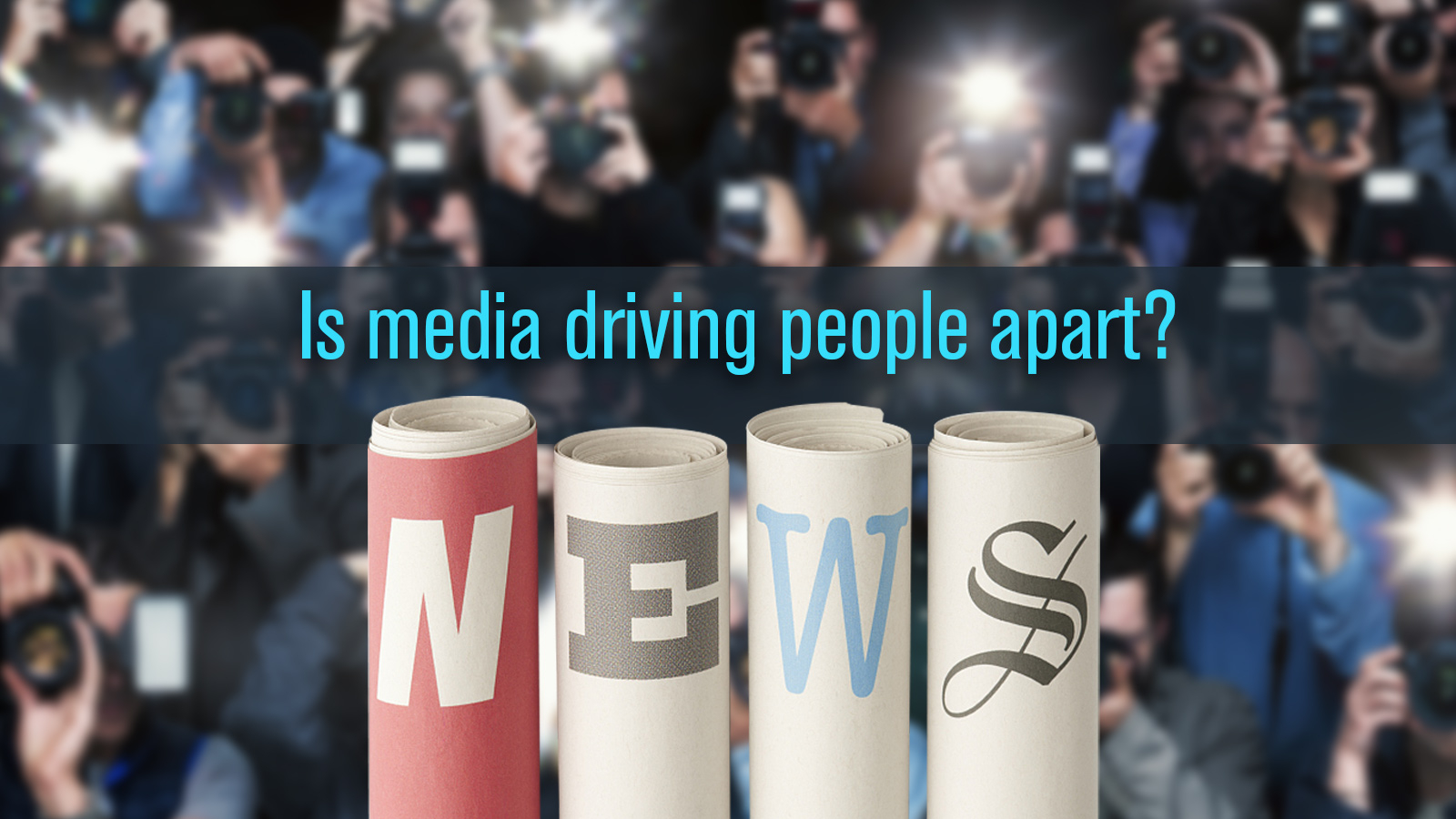02:48

When Harvey Dzodin served as vice president of ABC Television in the early 1990s, newsrooms were operated in a very different way to those today.
"I would say it was simpler to figure out what the truth is. There were standards," he said during an interview on the sidelines of the third CGTN Global Media Summit and CCTV+ Video Media Forum. "You weren't working on a minute-by-minute cycle, so it was more civilized."
At the time, interviews still took place via expensive satellite trucks and it took at least two people to shoot, write, edit and file a breaking news story. Today, most interviews are done via Skype or phone calls, and it takes no more than one digital journalist to work on a breaking news story.
It is not just internal operations inside the newsroom that are changing. Vipp Jaswal, head of international affairs at Fox News Channel, said that audiences' tastes are also changing. "Back in the day, it used to be long-form. Now, because there are so many types of media content, the ability to transform media content into short form is vital to success for media in the future."
But that transformation is not entirely positive in the eyes of Dzodin. Characterizing the media situation of today as a "technological jungle", he said the proliferation of information has made it more difficult for viewers to decide what is the best information for them and what is true information.
Cable television news, some of which is becoming increasingly partisan, is seen by some as a major contributor to political polarization. According to a Suffolk University polling, while CNN is selected as the outlet that Democrats trust the most, a stunning 60 percent of the Republicans select Fox News as their most-trusted outlet.
Today, people from the two parties have almost conflicting narratives on the same political event. While the collusion with Russia story was considered a hoax by Republicans, it was invoked as a main piece of evidence for Democrats to rally around impeachment of President Trump.
02:48

"The problem is we have a new tribalism so that people self-select their media to be in an echo chamber, so they don't hear other conflicting ideas or challenging ideas to make them think about what the true facts are," said Dzodin. He singled out Fox News as one example of a news organization that contributed to that echo chamber, saying that its right-leaning ideological stint and its unyielding support of the Trump Administration exacerbated polarization among American viewers.
But in the eyes of Jaswal, the blame is misplaced, as "people are not more polarized now, they are already polarized before, now we only see it more because we have access to it more."
He said his network provided "an angle" and "a perspective" to viewers. "It's all about expressing different opinions," said Jaswal, adding that we should not be afraid of providing a perspective as long as the bases of facts are true.
Increasingly, we hear accusations that the bases of facts in news reporting, even among major media outlets, are shaky. While some argue that politicians have been using the catchphrase "fake news" to plant mistrust in media, others say it is good that more people are aware of biases in media.
The bigger problem, Jaswal from Fox News said, is that media has been invoking the term "fake news" against each other. "In the media industry, we consume our own insult." Rather than using the term against each other, the industry as a whole should let it go.
Against that backdrop, more media outlets have been employing an increasing number of fact-checkers to combat accusations of fake news. Some have been trying to increase transparency in the newsroom to let readers see how news is produced in order to regain the public trust.
"No matter how much technologies you have or content you have, if you don't have the viewers, you have nothing," Jaswal emphasized.